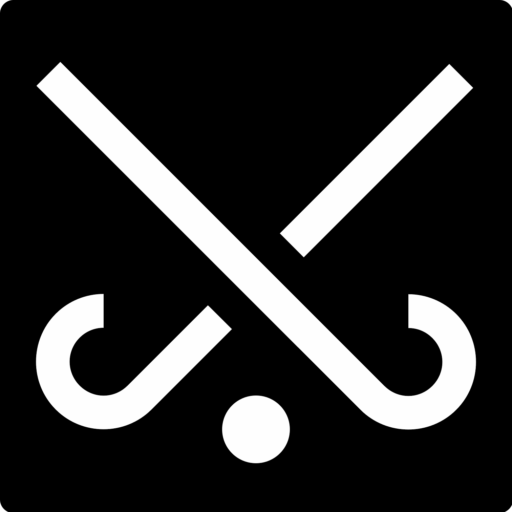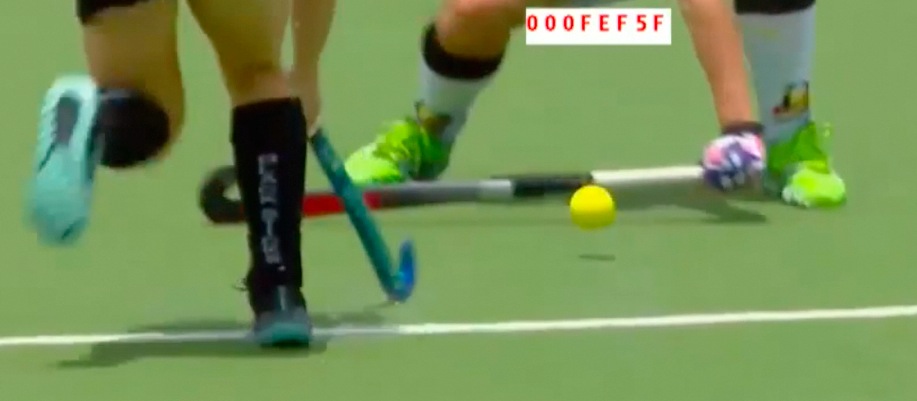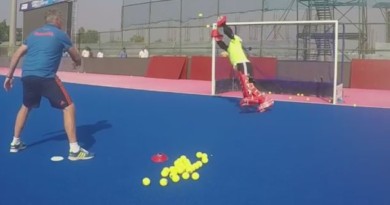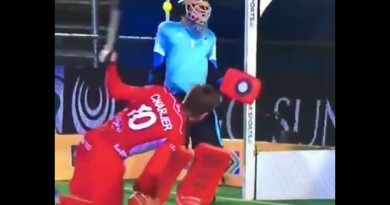What is Indoor Hockey?
Indoor hockey, also known as indoor field hockey, is a fast-paced and exhilarating sport played in a confined space. With its unique dynamics and emphasis on skill and strategy, indoor hockey has gained popularity worldwide. In this comprehensive guide, we’ll explore everything you need to know about it, from its origins and rules to tips for excelling on the indoor court.
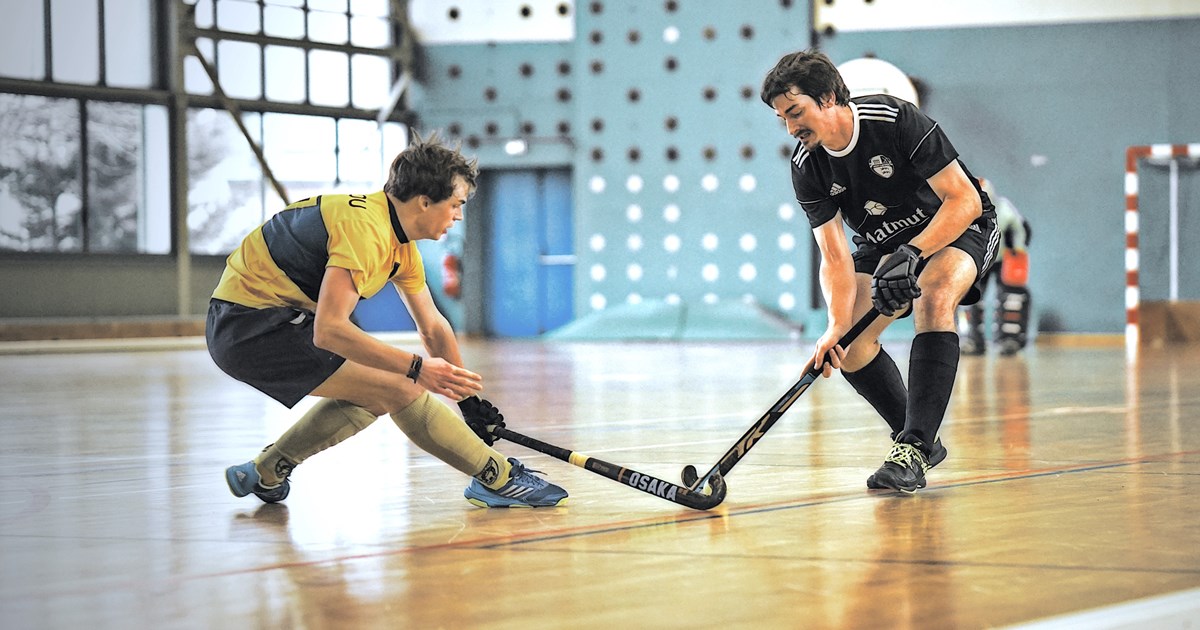
Understanding Indoor Hockey:
Indoor hockey shares many similarities with its outdoor counterpart but is played on a smaller, enclosed surface, typically a gymnasium or indoor arena. The reduced playing area and use of sideboards create a fast-paced and intense game characterized by quick passes, close ball control, and rapid transitions.
Origins and Evolution:
Indoor hockey traces its roots back to Europe in the early 20th century, where it was initially played as a winter alternative to outdoor field hockey. Over time, this sport has evolved into a distinct sport with its own rules and regulations, gaining popularity across continents and becoming a staple of international competitions.
Rules and Regulations:
While indoor hockey shares many rules with outdoor field hockey, there are some key differences to accommodate the indoor setting. The most notable variations include:
- Smaller Playing Area: this game is typically played on a smaller court, with dimensions ranging from 40 to 44 meters in length and 20 to 22 meters in width.
- Sideboards: Surrounding the playing area are sideboards, which players can use to rebound the ball, adding an extra dimension to gameplay.
- Substitutions: Substitutions are often rolling, meaning players can enter and exit the game freely during play.
- Use of Walls: Unlike outdoor field hockey, where the ball is out of play if it goes over the sidelines, indoor hockey allows players to use the walls to keep the ball in play, leading to continuous action.
- Don’t lift the ball: Unless you are using a deflection or a flick to score, lifting the ball is not allowed and it will be a free hit againt you.
- No hitting!: Using the outdoor hit, reverse hit or sweep is not allowed on indoor hockey.
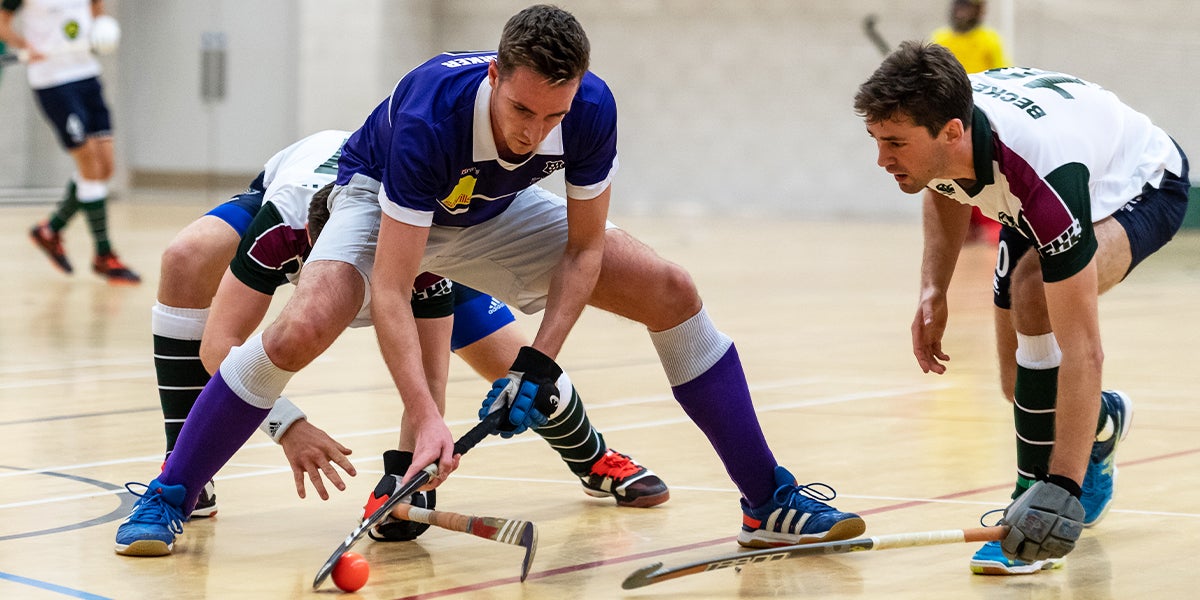
Skills and Strategies:
Mastering indoor hockey requires a combination of technical skills, tactical awareness, and physical conditioning. Some key skills and strategies to focus on include:
- Close Ball Control: With limited space on the indoor court, players must develop excellent ball-handling skills to maintain possession and create scoring opportunities.
- Quick Passing: Rapid passing and movement are essential in indoor hockey to exploit gaps in the defense and keep the opposition on their toes.
- Awareness of Space: Understanding how to utilize the playing area and sideboards to your advantage can give your team a competitive edge.
- Defensive Pressure: Effective defensive pressure and positioning are crucial in indoor hockey to disrupt the opposition’s attacks and regain possession.
Tips for Success:
Whether you’re a seasoned indoor hockey player or just starting, here are some tips to help you excel on the indoor court:
- Practice in Small Spaces: Utilize small-sided games and drills to improve your close ball control and decision-making under pressure.
- Work on Fitness: Indoor hockey is physically demanding, requiring players to have high levels of speed, agility, and endurance. Incorporate fitness training into your routine to stay competitive throughout the game.
- Study the Game: Watch professional matches from Europe to observe tactics, strategies, and player movements. Analyzing the game can help you develop a deeper understanding of the dynamics.
- Communicate Effectively: Clear communication with your teammates is essential in in this sport in order to coordinate attacks, defensive strategies, and positional play.
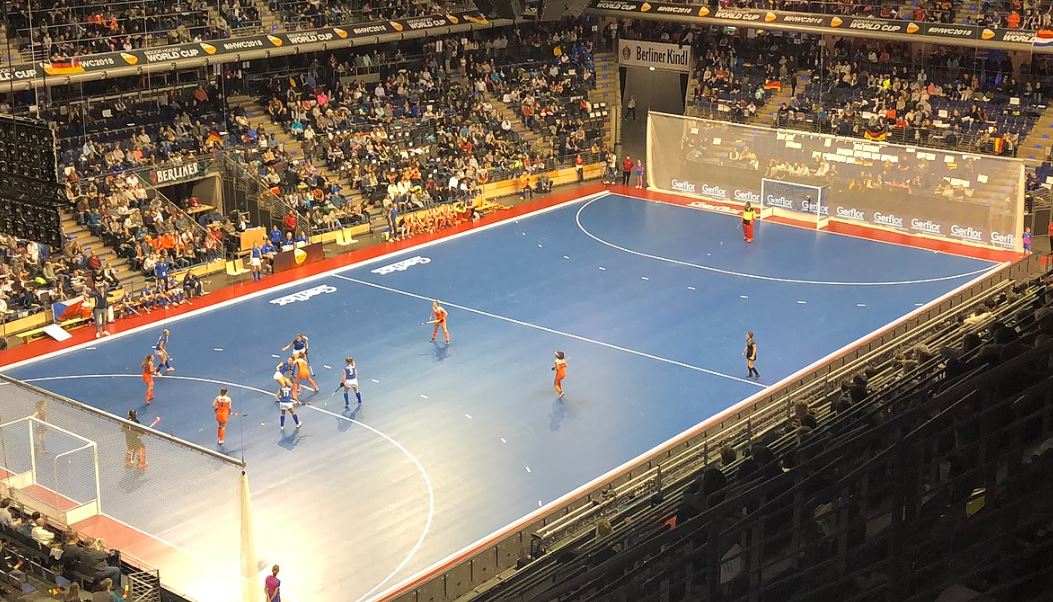
Conclusion:
Indoor hockey offers a thrilling and dynamic sporting experience that challenges players both technically and tactically. By understanding the rules, honing your skills, and implementing effective strategies, you can master the intricacies of indoor hockey and enjoy success on the court. Whether you’re competing at the highest level or playing for fun, indoor hockey provides an exhilarating outlet for athletes of all ages and abilities.
Finally, if you speak Spanish and want to learn more about coaching hockey, you should visit CursosHockey.
How about some drills to get in the right fitness level? Just check out these articles by A Hockey World:
Passing + footwork + passing: These are great mini-drills to work on technique and fitness!
A 3 drill fitness routine that will help make you miss summer!
